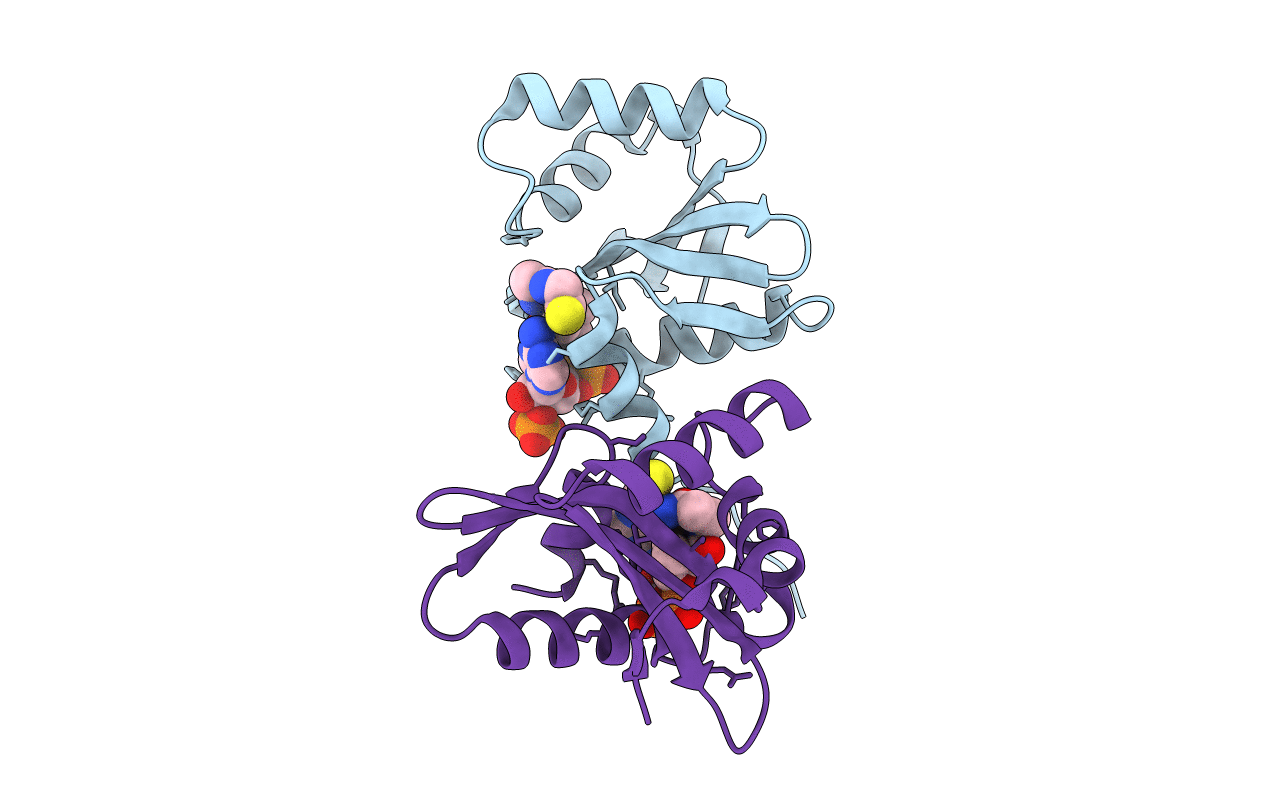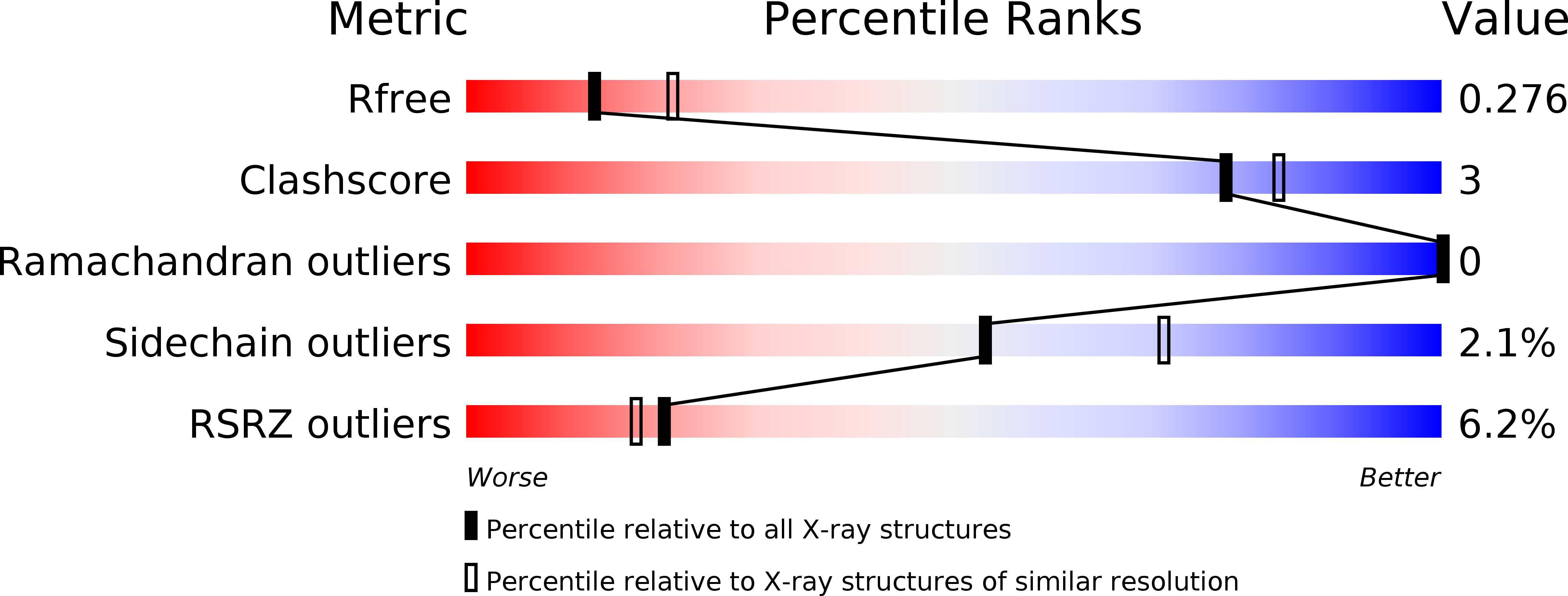
Deposition Date
2017-07-04
Release Date
2018-01-03
Last Version Date
2024-11-13
Entry Detail
PDB ID:
5XXR
Keywords:
Title:
Crystal structure of selenomethionine labelled RIBT from Bacillus subtilis
Biological Source:
Source Organism:
Bacillus subtilis (strain 168) (Taxon ID: 224308)
Host Organism:
Method Details:
Experimental Method:
Resolution:
2.65 Å
R-Value Free:
0.27
R-Value Work:
0.22
R-Value Observed:
0.22
Space Group:
P 21 21 21


